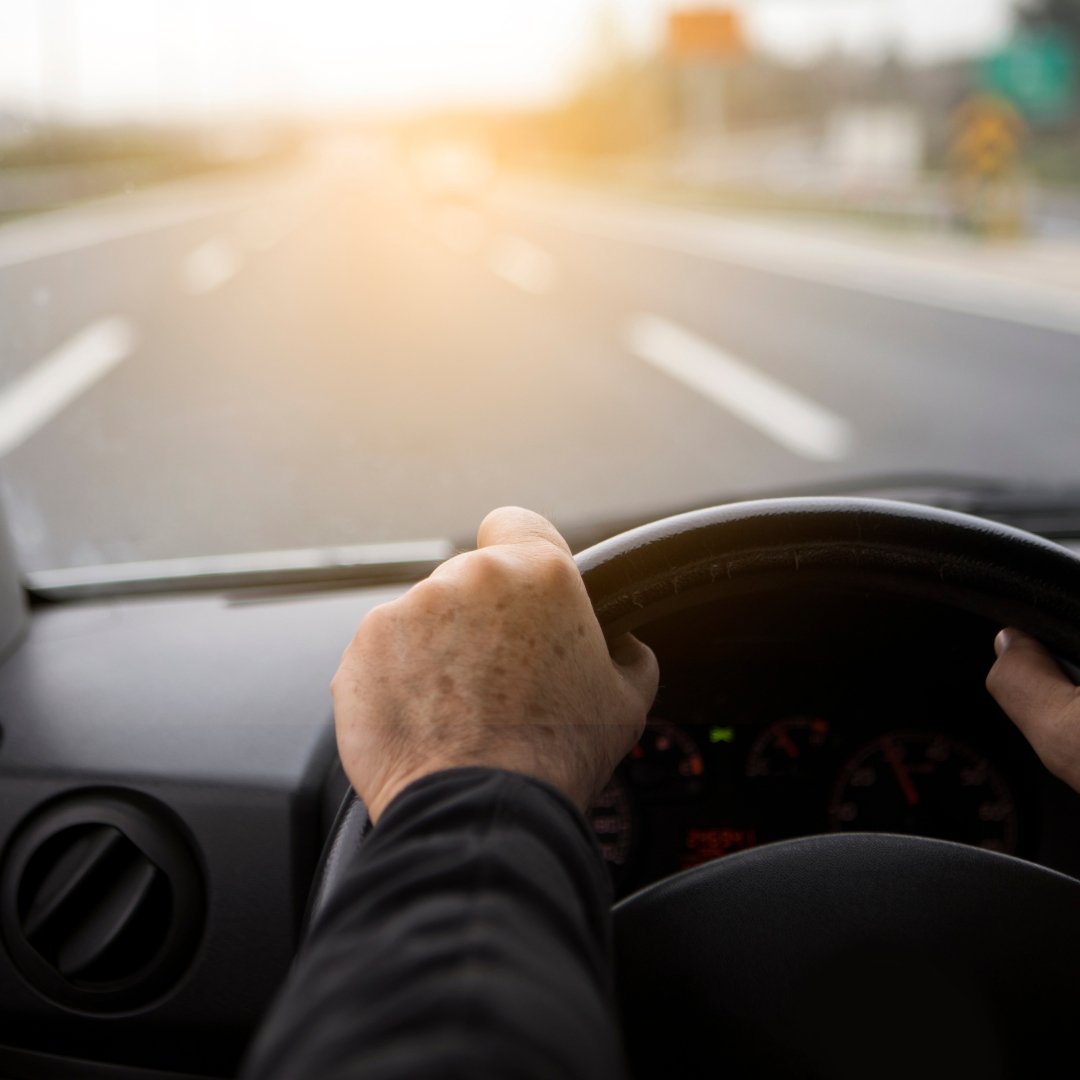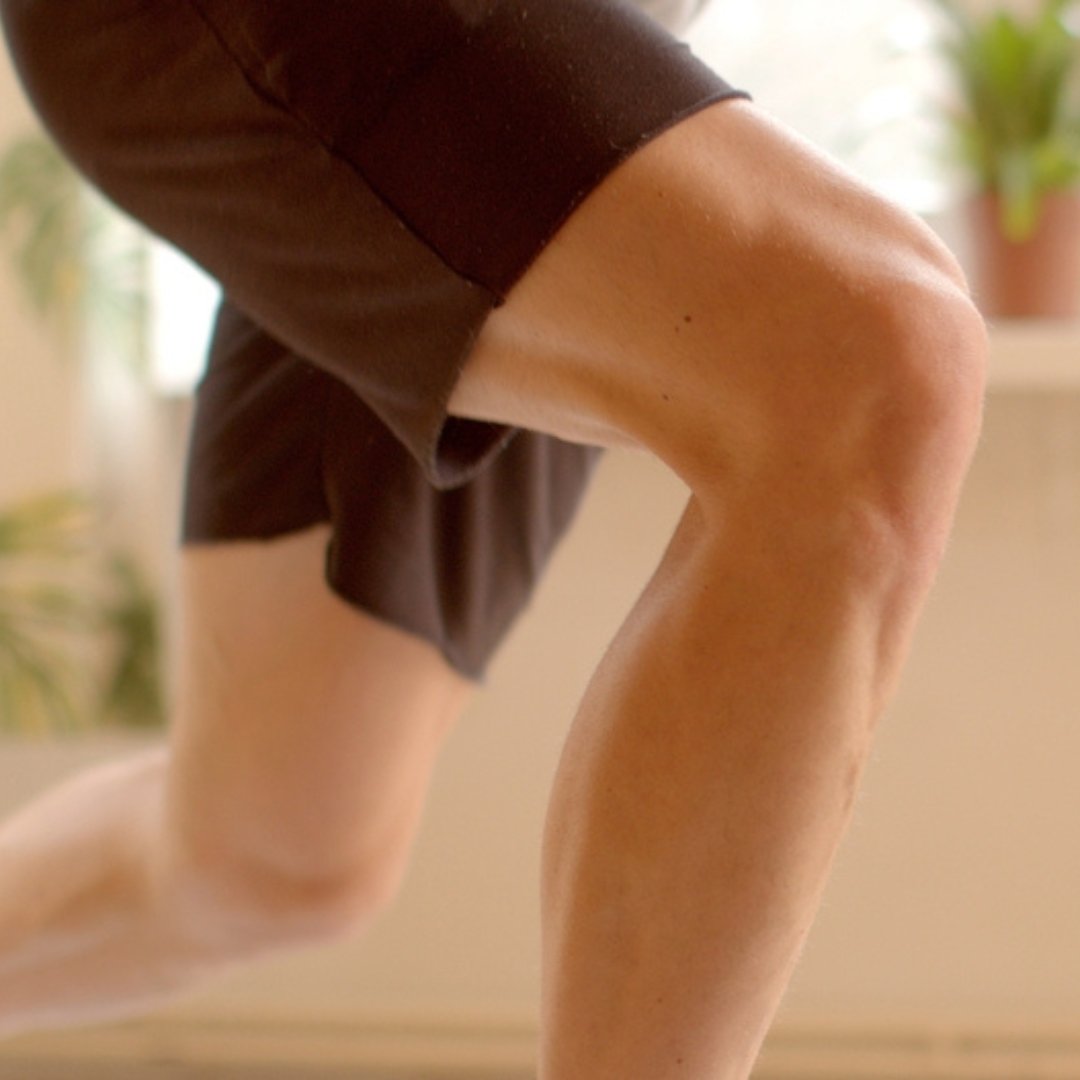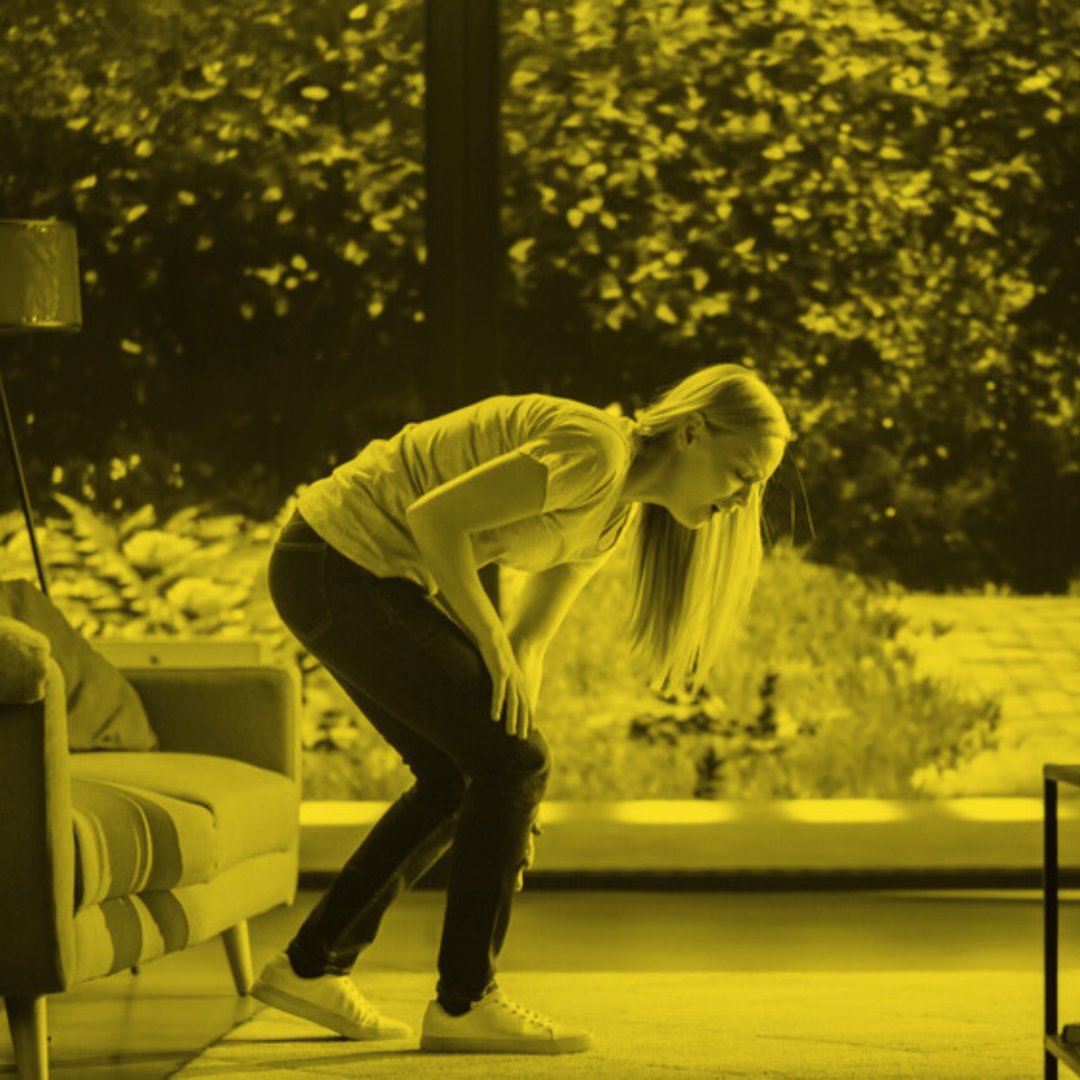
How Soon Should You Go Back to Driving After Knee Replacement Surgery?
Driving after knee replacement surgery? Learn when it’s safe to return to the road and how to manage stiffness, pedal control, and long-drive comfort.
Knee replacement recovery isn’t just about getting back on your feet. It’s also about reclaiming your mobility, independence, and quality of life. Choosing the right rehabilitation method can make all the difference. For decades, Continuous Passive Motion (CPM) devices have been the go-to option for post-operative recovery, promising gentle movement to aid healing. But as rehabilitation evolves, GoKnee is proving to be a game-changer, offering a more dynamic, engaging, and effective knee recovery process.
So, which is the better choice? Let’s break it down, compare the pros and cons, and explore why GoKnee might be the better path to a smooth, successful knee replacement recovery.
Recovering from knee replacement surgery is a unique journey for each patient. Some bounce back quickly, while others face a longer, more challenging process. Several factors influence recovery speed, including age, pre-existing health conditions, and the type of surgery performed.
A good rehabilitation program should address these variables by promoting:
Without an effective recovery strategy, patients risk prolonged pain, stiffness, and even complications that could delay or derail their return to normal activity. That’s where CPM and GoKnee come into play—but which one truly supports optimal knee recovery?

Continuous Passive Motion (CPM) devices have been around for decades. These machines gently move the knee joint through a controlled range of motion without requiring the patient to exert any effort. The goal is to prevent stiffness and improve circulation after surgery.
While CPM can be helpful in the early stages of recovery, it doesn’t fully address the need for active movement, which is crucial for long-term strength and mobility.
GoKnee is a comprehensive knee rehabilitation program designed to empower patients throughout their recovery. Unlike CPM, GoKnee combines an intuitive knee device with guided exercises and instructional videos developed by physical therapists with over 60 years of combined experience. The result? A more effective and engaging approach to recovery.
GoKnee’s focus on active recovery means that patients build strength and flexibility faster than they would with passive treatments alone. GoKnee’s step-by-step instructional videos are engaging and motivational, leading to increased compliance and better outcomes.

When it comes to knee replacement recovery, both CPM and GoKnee serve a purpose—but their effectiveness differs significantly.
Mobility Gains: CPM provides gentle movement, but GoKnee actively engages muscles for faster and longer-term improvement.
Pain Management: CPM reduces stiffness and can ‘feel good’ while GoKnee aids in pain relief through specific techniques, like joint mobilizations, which also reduce swelling and tightness.
Ease of Use: CPM requires extensive setup and is entirely passive, while GoKnee is simple, portable, and allows for flexibility in how it’s used.
Engagement: CPM is passive while GoKnee is more interactive, leading to better results, which in turn leads to higher motivation.
Long-Term Benefits: While CPM can provide some benefits in the immediate post-surgical phase, its advantages are limited without additional therapy. In contrast, GoKnee’s active approach helps build lasting strength and mobility, making it a more sustainable option for recovery.
Unlike passive devices, GoKnee offers a comprehensive program that includes Prehab, post-operative exercises, and a long-term maintenance plan, ensuring patients maximize the benefits of their new knee. Patients don’t undergo knee replacement surgery for short-term gains—they do so to achieve long-term improvements in mobility, strength, and overall quality of life. By promoting active engagement throughout every stage of recovery, GoKnee supports lasting progress and greater outcomes overall.
GoKnee isn’t just a device—it’s a complete knee recovery program. It provides the tools, guidance, and support needed to navigate knee replacement recovery with confidence. By actively participating in rehab exercises, patients see faster progress, regain independence sooner, and avoid the pitfalls of passive recovery methods.
A major advantage of GoKnee is its ability to keep patients engaged. Recovery isn’t just physical—it’s mental, too. When patients feel in control of their rehab and see quicker results, they’re more likely to stick with it.
Recovering from knee replacement surgery doesn’t have to be a slow, frustrating process. While CPM has been a traditional option, GoKnee offers a more effective, engaging, and empowering path to full mobility. By combining a lightweight knee device with guided exercises that can easily and safely be done from home, GoKnee provides the best of both worlds—ensuring a smoother, faster, and more successful recovery.
Ready to take control of your knee replacement recovery? Discover how GoKnee can help you get back on your feet faster.
Good luck on your knee journey!
Good knees start here. Don’t miss a step—subscribe to KneeMail for free tips from knee expert Shehla Rooney, PT!

Driving after knee replacement surgery? Learn when it’s safe to return to the road and how to manage stiffness, pedal control, and long-drive comfort.

Protect your knee health with lifestyle tips, exercises, and therapies that help prevent degeneration and support long-term joint comfort.

Sex after knee replacement surgery is safe with the right timing, tips, and support. Learn how to return to intimacy with confidence.

Learn how neuromuscular training improves knee stability, balance, and proprioception to support joint health and prevent injuries.

Learn why knee stiffness isn’t only caused by aging and discover strategies to ease pain, improve mobility, and support long-term knee health.